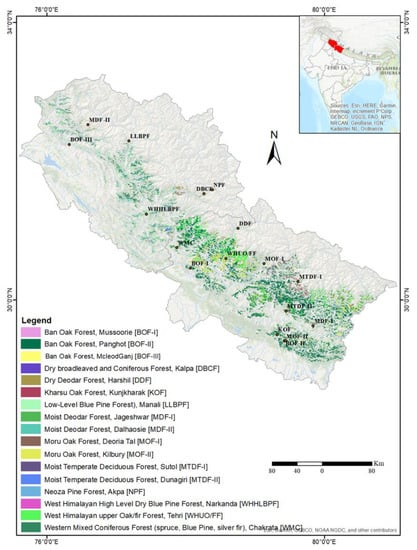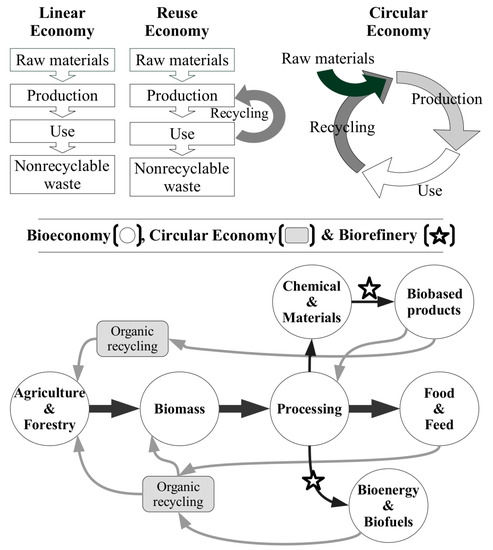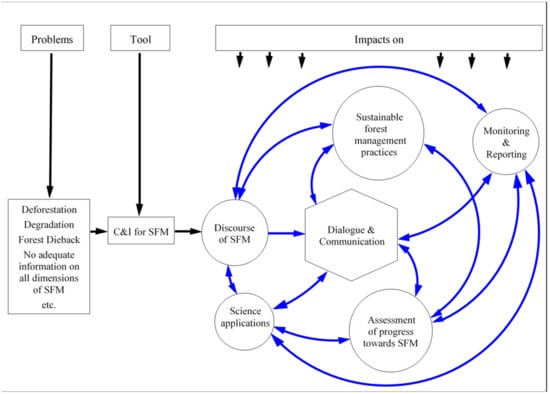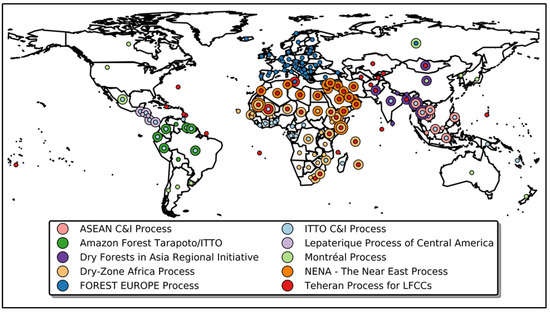Sustainable Forest Management: Past, Present, Future (Closed)
A topical collection in Forests (ISSN 1999-4907).
Viewed by 30585Editor
Interests: wind damage; wind damage risk modelling; interaction between wind and biotic disturbances; risk management; adaptive management under climate change
Special Issues, Collections and Topics in MDPI journals
Topical Collection Information
Dear Colleagues,
Forests are globally significant carbon sinks and stocks, and provide many provisioning, regulating, supporting, and cultural ecosystem services, respectively. However, there is a pressure to increase the intensity of management and utilization of forest resources, to satisfy the increasing demand for wood for the growing bioeconomy. At the same time, the multiple needs and targets of forest owners and society as a whole must be sustained. Large uncertainties exist also in the expected climate change and its impacts on forests and forestry in different European regions, from boreal, to temperature and Mediterranean regions, respectively. Many abiotic and biotic risks to forests may also increase in different regions under the changing climate. In addition, the responses of forests to climate change may vary largely depending on the region, forest structure, management and severity of climate change. Intensified management and wood harvesting may increase the risk of some forest disturbances, too. Thus, there is an urgent need to adapt to the climate change, considering the increasing risk to forests and forestry. At the same time, climate change should be mitigated, e.g., by increasing simultaneously the carbon sinks and stocks of forests, and use of wood-based products and energy to substitute for fossil resources, respectively. Different adaptive management and harvesting strategies may also be needed in different regions, and depending on the severity of climate change and associated risks to forests, to ensure sustainable forestry. We encourage both experimental and simulation-based studies, to contribute to this Special Issue in order to promote knowledge on pre-conditions for sustainable forestry under changing operative environment, which is crucial for decision making in forestry.
Prof. Dr. Heli Peltola
Guest Editor
Manuscript Submission Information
Manuscripts should be submitted online at www.mdpi.com by registering and logging in to this website. Once you are registered, click here to go to the submission form. Manuscripts can be submitted until the deadline. All submissions that pass pre-check are peer-reviewed. Accepted papers will be published continuously in the journal (as soon as accepted) and will be listed together on the collection website. Research articles, review articles as well as short communications are invited. For planned papers, a title and short abstract (about 100 words) can be sent to the Editorial Office for announcement on this website.
Submitted manuscripts should not have been published previously, nor be under consideration for publication elsewhere (except conference proceedings papers). All manuscripts are thoroughly refereed through a single-blind peer-review process. A guide for authors and other relevant information for submission of manuscripts is available on the Instructions for Authors page. Forests is an international peer-reviewed open access monthly journal published by MDPI.
Please visit the Instructions for Authors page before submitting a manuscript. The Article Processing Charge (APC) for publication in this open access journal is 2600 CHF (Swiss Francs). Submitted papers should be well formatted and use good English. Authors may use MDPI's English editing service prior to publication or during author revisions.
Keywords
- Forest management
- Ecosystem services
- Forest biomass production
- Carbon sequestration
- Biodiversity
- Disturbances
- Risk management
- Climate change
- Impacts of climate change
- Adaptation to climate change
- Mitigation of climate change
- Sustainable forestry
- Resource-efficient forestry
- Climate-neutral forestry









